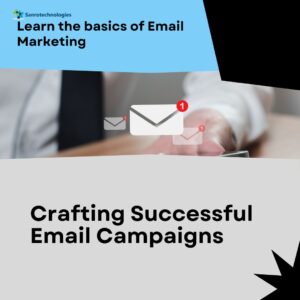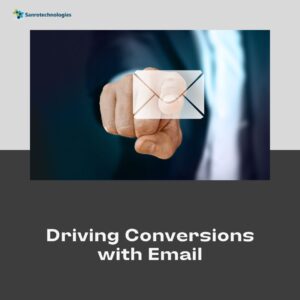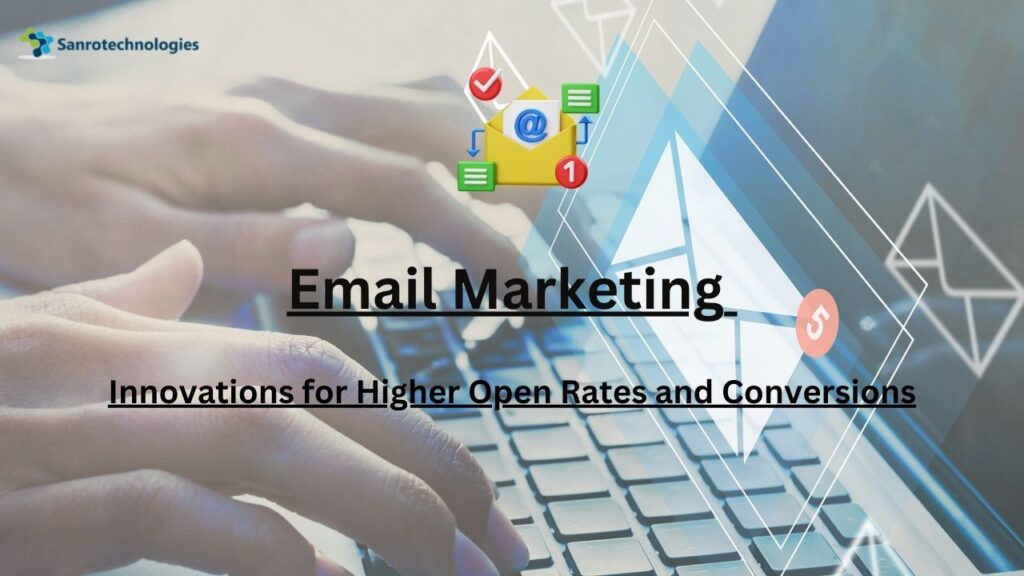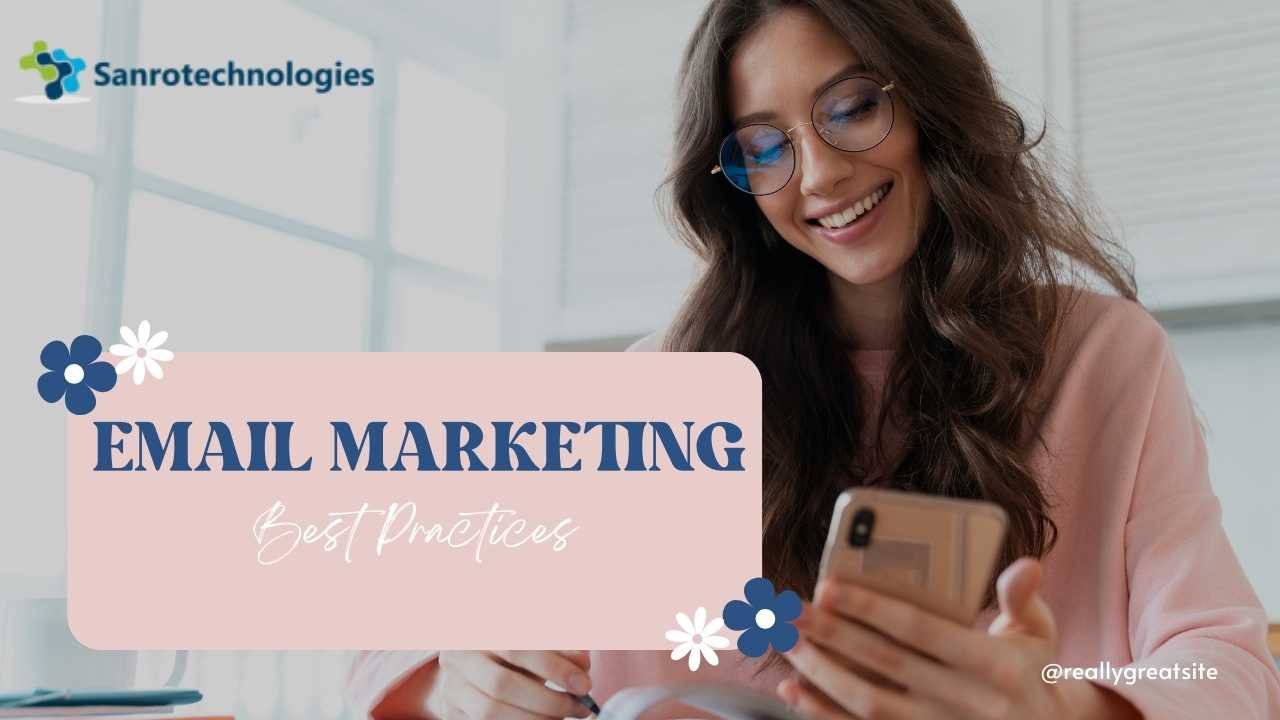Introduction
Think about the last time you opened a marketing email and were genuinely excited about its content. Hard to remember. That’s because Email marketing Innovations are fundamental to digital marketing strategies. Email marketing Innovations often need to get the love and innovation they deserve. But imagine a world where each email in your inbox feels personal, relevant, and exciting. That’s where we’re headed, with a few nifty innovations up our sleeves. Let’s dive into the future of email marketing and how these changes could skyrocket both open rates and conversions.
Welcome to the exciting world of email marketing! It’s a space where creativity meets strategy, and minor tweaks can significantly change how your emails are received (and acted upon) by your audience. If you’ve ever wondered why some emails perform better than others or how you can get more eyes on your content, you’re in the right place. Let’s dive into the ins and outs of crafting emails that get opened and drive action.
The Basics of Email Marketing Innovations
Understanding Email Marketing
 Email marketing Innovations connect with people through their inboxes to promote products, services, or brands. It’s a delicate dance between being informative and engaging, ideally without stepping on any toes or becoming a nuisance.
Email marketing Innovations connect with people through their inboxes to promote products, services, or brands. It’s a delicate dance between being informative and engaging, ideally without stepping on any toes or becoming a nuisance.
Email marketing is much like having a one-on-one conversation with your subscriber, except it’s on a massive scale. It’s a direct line to your audience, allowing for personalized communication tailored to the needs and interests of those on the receiving end. The beauty of email marketing lies in its ability to provide value to both the sender and receiver, creating a win-win situation where businesses can grow their reach while offering subscribers relevant, engaging content.
The Importance of a Targeted Email List in Email Marketing Innovations.
The foundation of practical Email marketing Innovations is a well-curated email list. It’s not just about numbers; it’s about the quality of connections and how genuinely interested subscribers are in what you have to say. A targeted email list ensures you’re not shooting in the dark but engaging with individuals likely to be interested in your content.
Creating a targeted email list is like building a circle of friends who are genuinely interested in what you have to say. This focused approach ensures emails are sent to individuals most likely to engage with your content rather than getting lost in an uninterested recipient’s inbox.
One key strategy here is segmentation. Imagine you run a bookstore; you wouldn’t recommend the same books to a teenager who loves fantasy novels and a retiree interested in historical non-fiction, right? By segmenting your email list based on interests, demographics, or past purchase behavior, you can send more relevant emails that resonate with each segment, leading to higher open rates and engagement.
Email Marketing Innovations
Automation and AI for Email Marketing Innovations
Gone are the days of sending the same email to every subscriber. Automation and AI now allow us to send personalized messages at scale. Think about an email that knows you’re a fan of mystery novels and suggests just the right book for your next read. It’s not creepy; it’s considerate!
Personalization and Segmentation
Personalization is about more than just adding a subscriber’s name to an email. It’s about tailoring content to meet their interests, behaviors, and needs. Segmentation takes this further, grouping subscribers based on similar characteristics so that each group receives the most relevant content.
Boosting Open Rates for Email Marketing Innovations
Crafting Compelling Subject Lines
A subject line is like a first impression; you want it to be intriguing enough to warrant a second look without giving too much away. It’s an art form balancing wit and relevance to pique curiosity.
The subject line is your first (and sometimes last) chance to grab your audience’s attention. Think of it as the headline of your email – if it doesn’t hook your reader, the possibility of your email being opened drops significantly. Here’s a personal tidbit: I once received an email with the subject line, “Your Future Self Will Thank You.” It was so intriguing that I opened it immediately, and it was about a time-management tool. This subject line worked wonders because it piqued my curiosity and offered a promise of value.
- A compelling subject line should:
- Be clear and concise
- Spark curiosity
- Offer value
- Be personalized when possible
Optimal Sending Times
Timing is everything. Emailing when your audience is most likely to check inboxes can significantly increase open rates. It could be first thing in the morning for the early birds or in the evening for the night owls.
Timing is everything in email marketing. Please send an email at the wrong time, which could be buried under a pile of new messages when your recipient checks their inbox. While there’s no one-size-fits-all answer, studies suggest certain times when people are more likely to check their email, such as early morning or during lunch breaks.
However, the optimal time also depends on your audience. For instance, if your target audience consists of busy professionals, sending emails early in the morning or the evening when they’re likely checking their email could work best. It’s worth experimenting with different sending times to see what generates the highest open rates for your specific audience.
Driving Conversions with Email
Creating Conversion-Driven Content
 The goal is to encourage a specific action, whether purchasing, signing up for a webinar, or downloading a white paper. Conversion-driven content that speaks directly to subscribers’ needs and offers clear, compelling calls to action is critical.
The goal is to encourage a specific action, whether purchasing, signing up for a webinar, or downloading a white paper. Conversion-driven content that speaks directly to subscribers’ needs and offers clear, compelling calls to action is critical.
The Role of Visuals in Email
A picture is worth a thousand words; in email marketing, the right visuals can be the difference between a conversion and a deleted email. High-quality images, infographics, and even videos can enhance the message and engage the reader further.
Measuring Success in Email Marketing Innovations
Key Performance Indicators (KPIs) for Email marketing Innovations
Understanding the impact of your email marketing efforts is crucial. KPIs like open rates, click-through rates, conversion rates, and bounce rates offer valuable insights into what’s working and what’s not.
Tools for Tracking and Analysis
Thankfully, there’s no shortage of tools to help dissect your email marketing performance. From analytics platforms to A/B testing tools, leveraging technology can pinpoint areas for improvement and guide strategy adjustments.
Future Trends in Email Marketing Innovations
Predictions for Email Marketing
The future of email marketing is ripe with possibilities, from even more advanced personalization to the integration of augmented reality. As technology evolves, so will how we can connect and engage with subscribers.
Staying Ahead in the Digital Landscape
Keeping up with the latest trends and tools is essential for staying relevant. It’s about continually finding new ways to delight and surprise your audience, ensuring your emails are the ones they look forward to opening.
Frequently Asked Questions:
What is the best length for an email?
Keep it short and sweet. The best emails concisely convey their message, respecting the reader’s time. A good rule of thumb is to aim for between 100 and 200 words for promotional emails, with informational or newsletter-type emails being a bit longer, depending on the complexity of the topic.
How often should I send emails?
Frequency matters, but there’s a fine line between staying top of mind and becoming annoying. A weekly or bi-weekly schedule can work well for most businesses, but this can vary based on your industry and the type of content you’re sending. Listen to your audience and adjust accordingly – if your open rates start to decline, it might be a sign to dial back a bit.
Should I use emojis in my emails?
Emojis can add a touch of personality and help your email stand out in a crowded inbox, but use them sparingly and appropriately. Too many can make your message look unprofessional, while the right amount can enhance the tone of your message.
Conclusion
In a world where digital noise is louder than ever, innovative email marketing strategies can make all the difference in cutting through the clutter. By embracing automation, personalization, and a dash of creativity, we can transform the humble email into a powerhouse tool for engaging audiences and driving meaningful conversions. So, let’s not underestimate the potential lurking within our inboxes; it’s time to reimagine email marketing and watch our open rates and conversions soar.
In conclusion, email marketing is an ever-evolving field that offers endless opportunities for creativity and connection. By understanding your audience, crafting compelling subject lines, choosing the correct times to send, and continually testing and refining your approach, you can reimagine the potential of your email campaigns. Remember, the goal is to provide value to your subscribers, turning emails into a two-way conversation that enriches both parties. Happy emailing!





